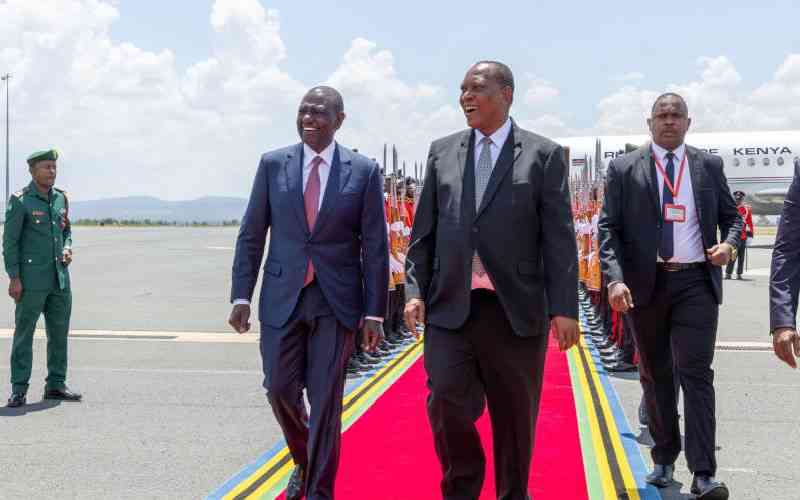
Financial health is not just a matter of shillings; it's the cornerstone of well-being, shaping the quality of life for individuals and communities alike. However, many underserved populations continue to face daunting barriers to achieving and maintaining financial stability. Limited access to traditional banking services, coupled with inadequate financial literacy and susceptibility to economic upheavals, compound the financial challenges faced by these communities.
Yet, amidst these challenges lies a beacon of hope: the rise of digital financial services. This transformative wave of technology offers promising solutions to address the disparities in financial inclusion and uplift the financial health of underserved populations. From mobile banking to digital payment platforms, these innovations are revolutionising the way people manage their money, offering greater accessibility, convenience and security.